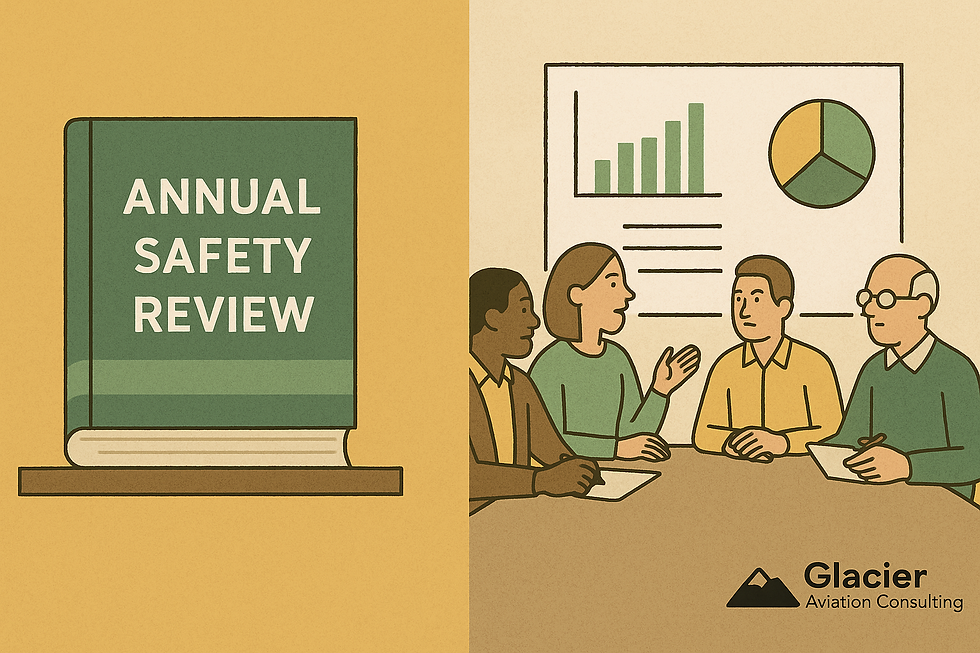Runway Excursions is Still the Top Risk: When Fuel Saving Undermines Safety
- Margrét Hrefna Pétursdóttir
- Sep 8
- 2 min read
The 2025 Annual Safety Review, published by EASA on 26 August, once again confirms that runway excursions remain one of the top accident categories in Europe. Despite years of awareness and training, this risk refuses to go away.
Why? Because the factors behind excursions, like unstable approaches, weather, operational pressures are still there. And in some cases, efficiency and fuel-saving strategies are making the problem worse.

Stabilised Approaches: The Barrier That Works
A stabilised approach policy is one of the most effective defences against runway excursions.
Traditionally:
IFR flights → Hard gate at 1,000 ft AGL. The aircraft must be fully stabilised (configuration, speed, thrust, descent rate) or a go-around is mandatory.
VFR flights → Often a soft gate at 1,000 ft (all parameters except speed) with a hard gate at 500 ft.
The logic is simple: the earlier an approach is stable, the more margin crews have to detect problems and correct.
The Efficiency Pressure
In recent years, fuel-saving programs have started to challenge these barriers.
Some argue:
Having gear and flaps extended early burns unnecessary fuel.
Standardising on a hard gate at 500 ft, for all types of operation, would save money and emissions.
But here’s the reality:
Lowering the stabilisation gate from 1,000 ft to 500 ft cuts the buffer in half.
Pilots not stabilised at 500 ft are under strong pressure to continue, especially with commercial, operational, or psychological factors in play.
This increases the likelihood of unstable landings, long touchdowns, and ultimately runway excursions.
What looks like efficiency on paper can quietly erode safety margins in practice.
Excursions Are Costly
Runway excursions rarely stay “minor.”
They bring:
Damage to aircraft and infrastructure
Flight delays and cancellations
Reputational impact
In the worst cases, serious injuries or fatalities
Any fuel saved on approach is trivial compared to the costs of an accident.
A Balanced Approach
Fuel efficiency matters. So does reducing emissions. But these goals cannot come at the expense of safety buffers that protect crews and passengers.
The Annual Safety Review is a reminder that stabilised approach policies are not “nice to have.” They are a proven barrier against the number one accident risk.
Takeaway
Runway excursions remain the top risk in commercial air transport.
Strengthening, not weakening, stabilised approach gates is essential. Saving fuel must never come at the cost of reducing safety margins.
👉 Discussion point: How does your organisation balance fuel efficiency with stabilised approach policy? Have you seen pressure to lower stabilisation gates?


Comments